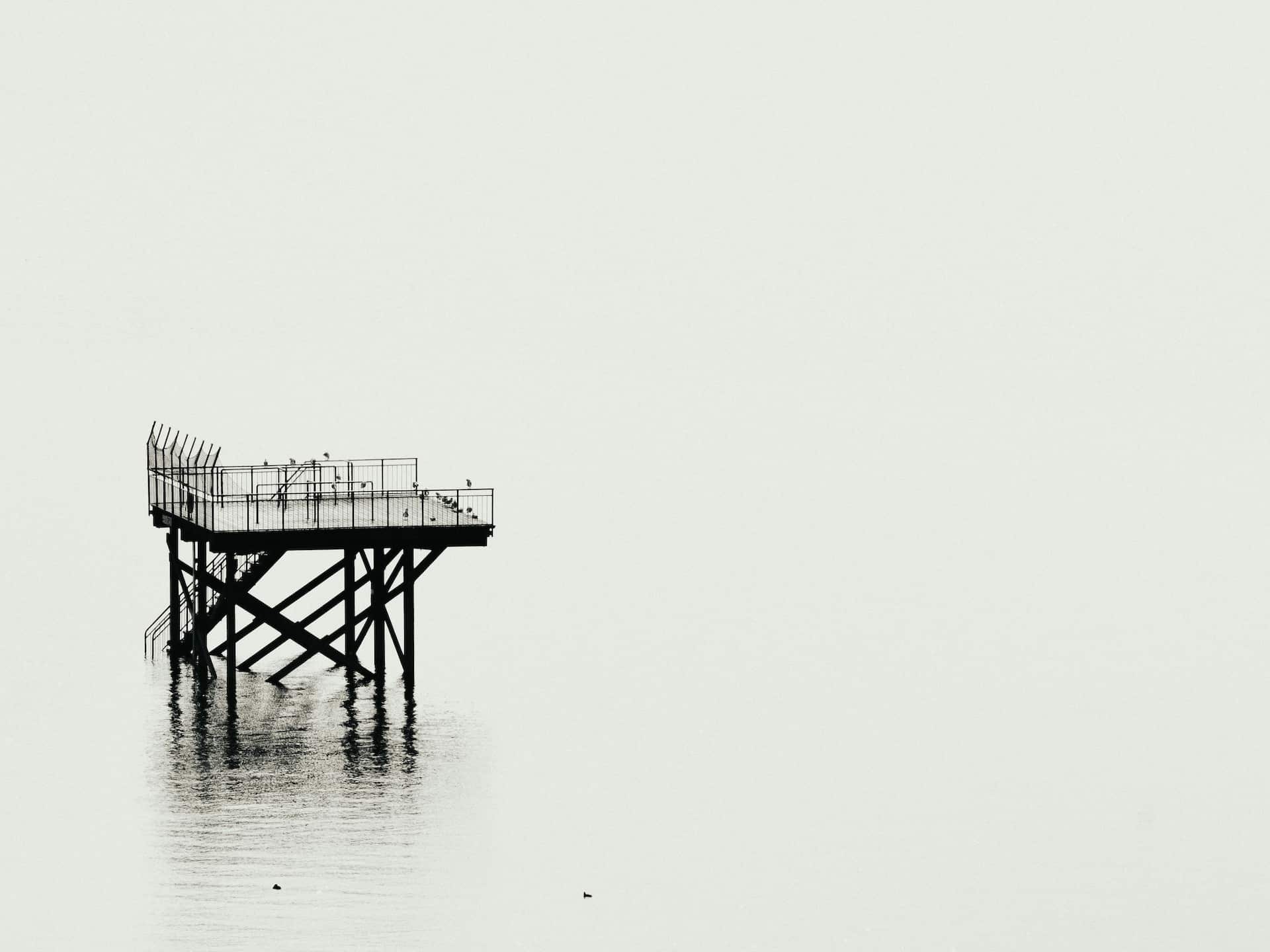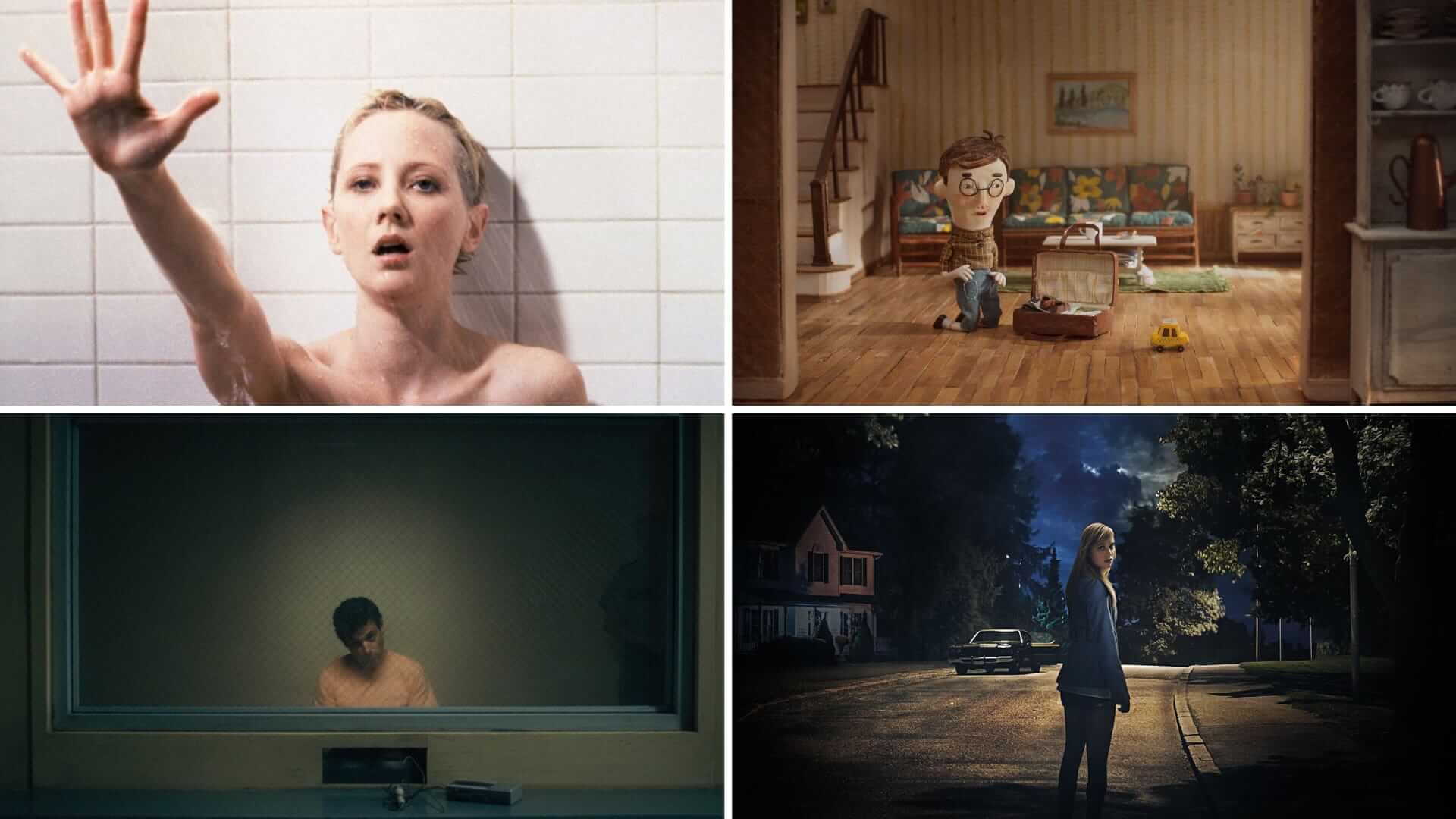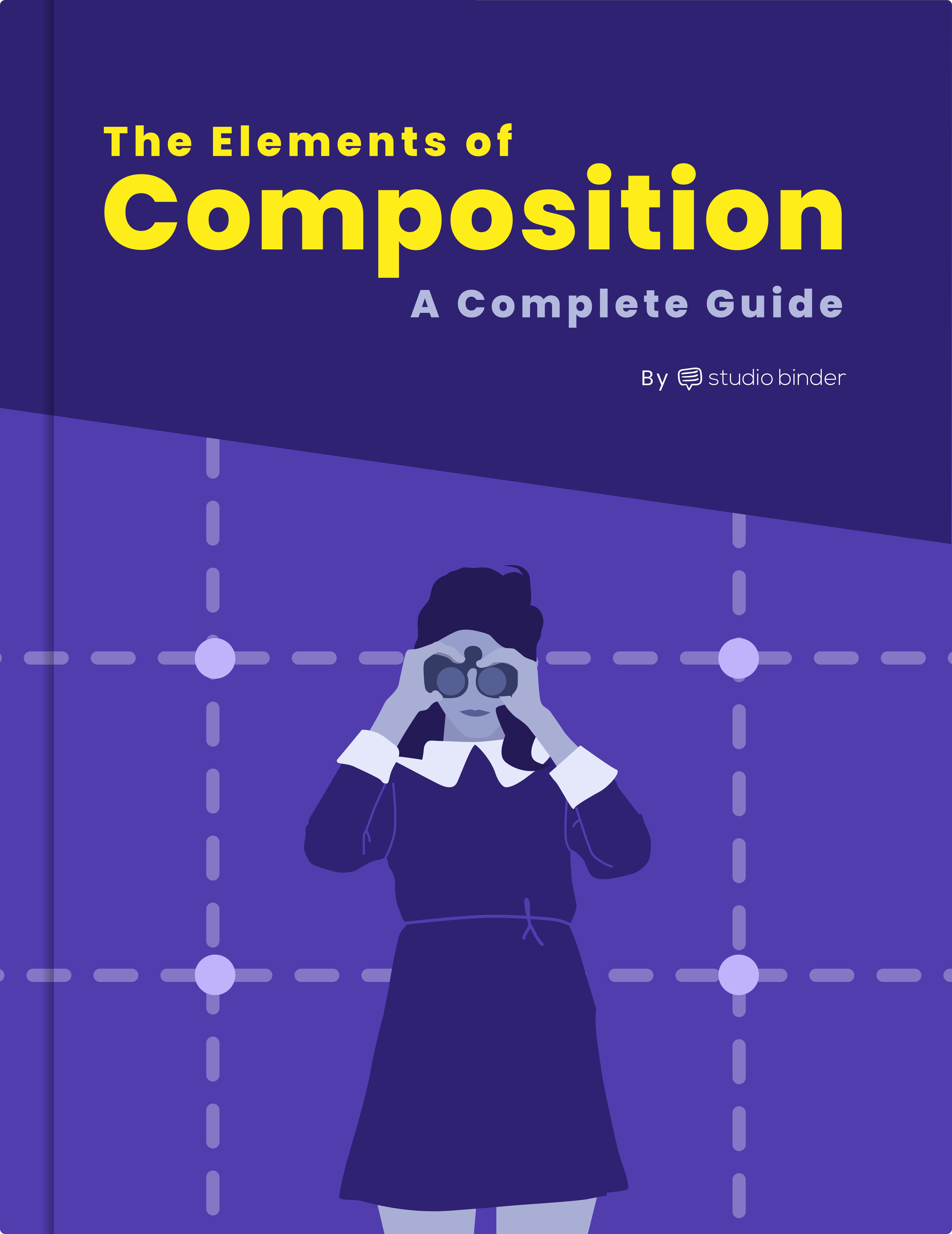Truly memorable shots in photography and cinema make a psychological impression on a viewer. These shots often use techniques that intentionally elicit emotions or create a psychological effect. One of these techniques is negative space, a perfect example of less is more. If this sounds counter-intuitive, stick around. We’re going to be taking a look at the negative space definition, its effects and how it’s used in art, photo, and film.
What is negative space?
First, let’s define negative space
Negative space is a concept that is found throughout all of art and design. As it pertains to cinematography and photography, however, it is rather specific. Let’s define negative space to better understand how it’s used.
NEGATIVE SPACE DEFINITION
What is negative space?
Negative space is a term used in art to describe the space surrounding a subject. Also called white space, it is typically empty and lacks details as to simplify an image. Negative space surrounds positive space in a work of art.
In photography and cinematography, empty space can be used for psychological effect, making it a great storytelling device. When using this technique, many photographers and cinematographers frame the subject from further away. This makes them smaller in the frame and creates space around them.
What is negative space used for?
- Scale
- Emotional effect
- Directing the eye
- Simplifying an image
For a deep dive into all the elements of composition, download our FREE Ebook: Elements of Composition in Art, Photography & Film.
Free downloadable bonus
FREE Download
The Complete Guide to Composition Elements
When you master composition, you master the ability to tell a story, create a mood or deliver a message in a single image. Download our FREE e-book that covers the various elements of composition and the relevant techniques you can use to arrange, and compose the perfect image.
Applications Explained
How to Use Negative Space
Photographers and cinematographers alike utilize negative space in their compositions for more than just its aesthetic appeal. It entices psychological effects that engage a viewer. To explain the difference between positive and negative space, let’s analyze the uses of this technique.
Simplification
First and foremost, negative space can simplify a composition. The lack of complexity makes a shot easier to absorb. The lack of energy it takes to dissect an image makes the composition more direct and clear. Empty space also gives the eye a place to rest and buffer.
This video by The Art of Photography thoroughly explains the benefits of simplification through this technique.
Photography Composition • What is negative space used for?
Lead the eye
By having the subject surrounded by negative space, a viewer’s eye is more easily directed toward the subject. In shots that have a lot of empty space, the eye is drawn to the only positive space in the frame.

Negative space in photography
Scale
Often times, shots with empty space are taken with a wide lens to create a wider frame. This creates the real estate for extra space around the subject. At the same time, this can also make the subject smaller compared to its context.
Sometimes it is difficult to psychologically comprehend the scale of a landscape. Negative space is a great tool for establishing scale.
These effects are a reason why both photographers and cinematographers use empty space in their compositions. Within cinema, there is a unique storytelling value to this compositional technique.
Related Posts
Examples in film
Negative space in film
Cinematography uses various lighting techniques and shot composition to help tell the story of a film. Negative space is an incredibly useful technique that cinematographers use for various storytelling purposes. What’s negative space used for in storytelling?
Let’s take a look at a few examples to see how some of cinema’s best cinematographers use this technique to reflect a character’s internal state and to tell a story.
Loneliness
In Paul Thomas Anderson’s Punch Drunk Love, Barry Egan (Adam Sandler) leads a lonely, uneventful life. To underscore this loneliness through cinematography, negative space is used to show the emptiness in the frame. This emptiness reflects Barry’s emotional state. This is the first shot in the film and our introduction to Barry and we can understand all of this in one image.

Punch Drunk Love
Mystery
Negative space is an effective tonal tool. The emptiness in a frame can create a sense of mystery or even foreboding danger like in this shot from one of Denis Villeneuve’s best filmsBlade Runner 2049. As K enters the Las Vegas wasteland, shots like this help open the viewer's mind to questions like "What is this place?" and "What will he find when he gets there?"
You've heard of "show, not tell" in filmmaking but "don't show, don't tell" is also a great way to make the audience lean in.

Blade Runner 2049 • Negative space photography
The warm colors, haze, and negative space create an eerie, mysterious atmosphere that is perfect for the story’s tone. What’s negative space used for in a wide shot? Scale.
Scale
Like we mentioned earlier, negative space is great for establishing scale. Scale can also be an important point in a plot or story.
In Alex Garland’s Ex Machina, for example, scale is important to establish how remote our main character, Caleb is when he arrives on Nathan’s property.

Ex Machina
This is a good example of how this technique doesn't have to be so obvious. At this early point in the film, we have no reason to suspect anything bad. But it's possible that Garland and his DP Rob Hardy used shots like this to plant that seed of doubt in our minds.
Uneasiness
Negative space can also be used in simple dialogue sequences. Perhaps most notably, Mr. Robot uses it in a quadrant system to create awkward compositions that reflect a character’s uneasiness during a conversation.
Read more on unique framing in Mr. Robot.
Mr. Robot • What is negative space in the quadrant system?
As you can see from these examples, negative space is a compositional technique that can be used to tell various stories or for various effects. Understanding what story you are telling and how empty space fits into the telling of that story will help you create effective shots.
Related Posts
UP NEXT
What is the Rule of Thirds?
Negative space is a compositional tool that can make a shot more effective at telling a story. It is often combined with the rule of thirds to create aesthetically pleasing compositions. Is the rule of thirds a new concept to you? Then check out our next article where we break down the rule and how it’s used in cinematography.
Up Next: Rule of Thirds Explained →
Showcase your vision with elegant shot lists and storyboards.
Create robust and customizable shot lists. Upload images to make storyboards and slideshows.

